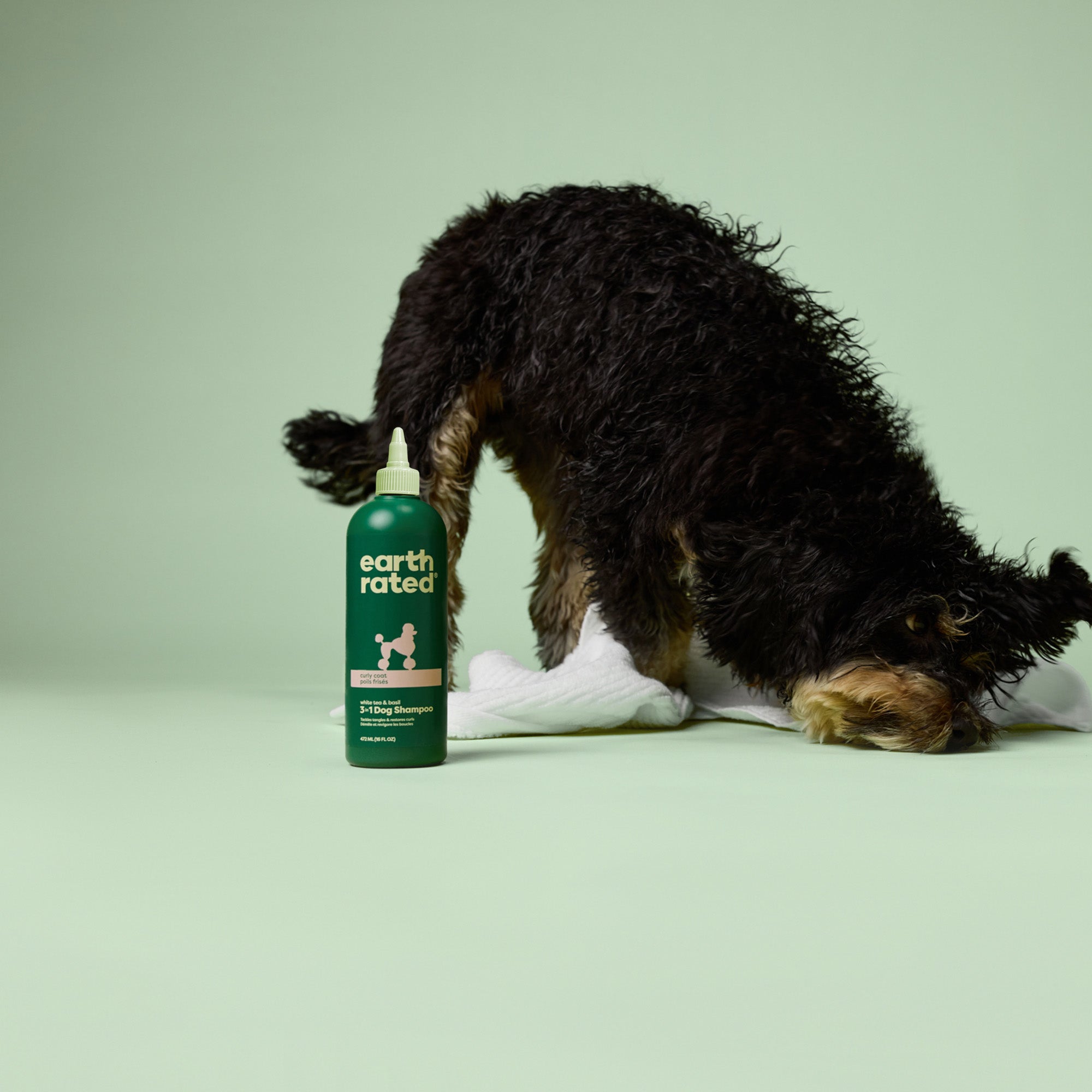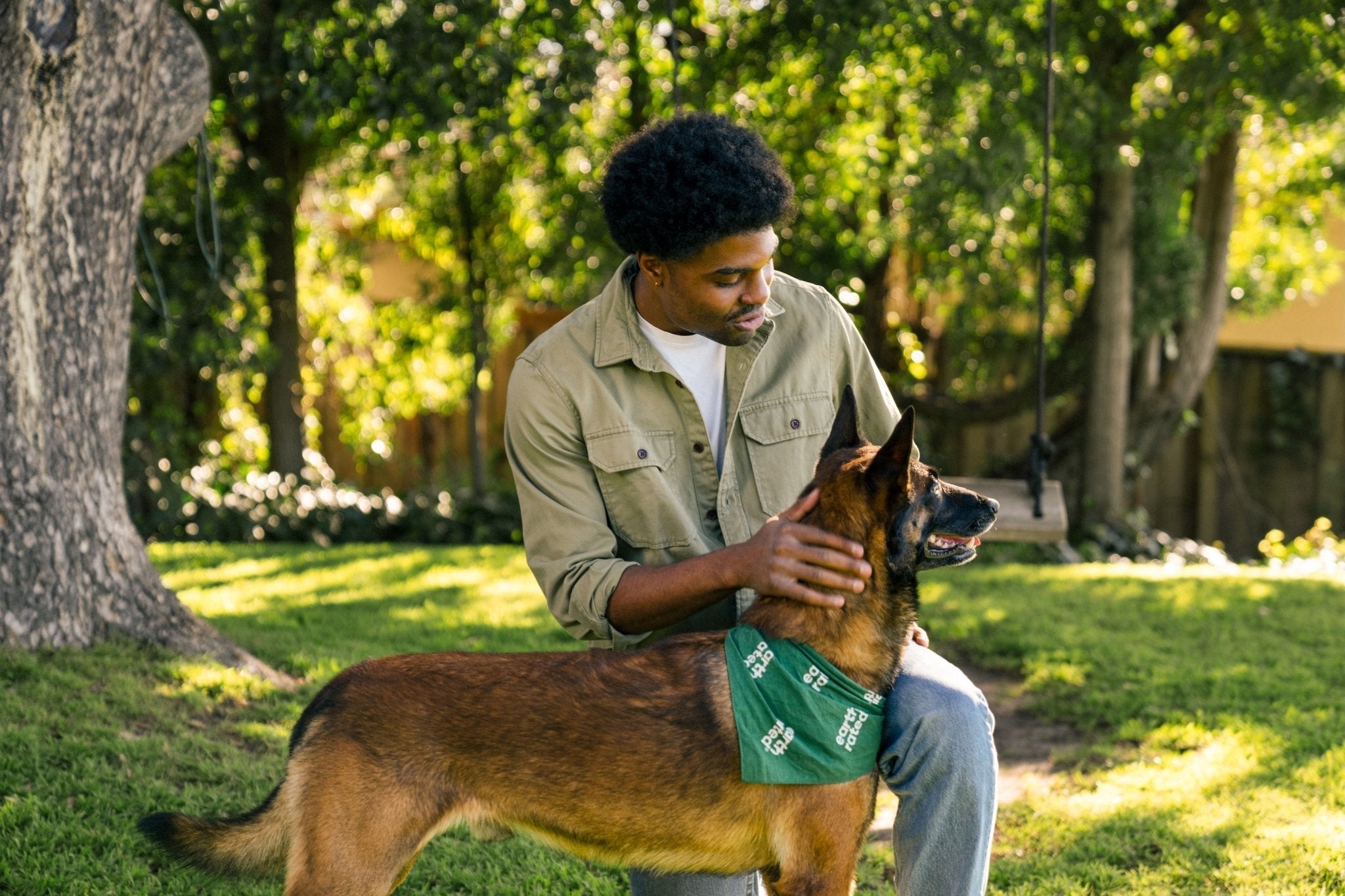Note: If your dog is exhibiting symptoms of a broken tail or any kind of tail injury, please take your dog to the vet immediately. Our dogs use their tails to balance, to communicate, to chase in circles. But did you know dogs can actually break their tails? A tail is an extension of the spine, made up of small bones held together by joints. So, just like any skeletal structure, these bones can break or fracture. Depending on the length, each dog's tail can contain 5 to 23 separate vertebrae. The more bones, the higher the risk of serious injury.
How to Tell if Your Dog Has a Broken Tail
Were you always able to count on your dog to greet you with an enthusiastic tail wag - but lately something seems off? There could be an underlying medical problem. Signs of a broken tail include swelling, bending and a kink in the tail. Your dog might have difficulty moving or wagging their tail or are holding it in an unusual position. Dogs often lick to soothe wounds, so watch out if your pet's tongue and tail have become inseparable. And if your dog is whimpering or seems to be in pain, that's usually indicative of a serious problem. There are many reasons a dog can break its tail. From hitting it against something to getting stepped on, a lot can go wrong. As pet owners, we may not always be around when our dog injures their tail. You'll have to use your best judgement to figure out the cause. Here are the most common ways your dog could have injured their tail, and what you should do in each case.
Your Dog Could Have Limber Tail Syndrome
Sometimes called limp tail syndrome or cold-water tail, this is different from a broken tail. It's caused by strenuous exercise or swimming in cold water (hence the name). Tail muscles can sprain from overuse or trauma. In particular, long swimming sessions can be strenuous as the tail acts as a rudder, helping your dog swim in a straight line. Dogs with Limber Tail Syndrome will act as if their tail is painful while carrying it between their legs. The tail will hang completely limp or will go out for three to four inches before going limp. Working and sporting dogs are most prone to these sprains. Luckily, limp tails will usually heal on their own with rest.
When the Tail Breaks or Dislocates
Nerve Damage Can Affect Bowel Movements
Your dog's tail holds a lot of nerves. Breaks, especially at the base of the tail, can damage these nerves. Nerve damage is never ideal. But nerve damage in the tail can be especially distressing. Some nerves and muscles at the base of your dog's tail connect to their bladder and rectum. You can imagine the consequences of injuring the nerves controlling urination. If your once potty-trained pup has lost control of their bowel movements, an injury could be to blame. If your pup has lost control of their bladder, dog wipes can help keep them clean and comfortable until the issue is rectified.
When to See a Vet
The treatment for a broken tail depends on the injury, but in all cases a visit to the vet is necessary. Resetting the tail so the bones can regrow in alignment is one way to fix a broken tail. As for more severe injuries, your dog could need surgery or amputation! It’s important to go see a vet if you have any concerns about your pup’s health. Has your dog ever hurt his or her tail? Tell us about it! What did you do?












